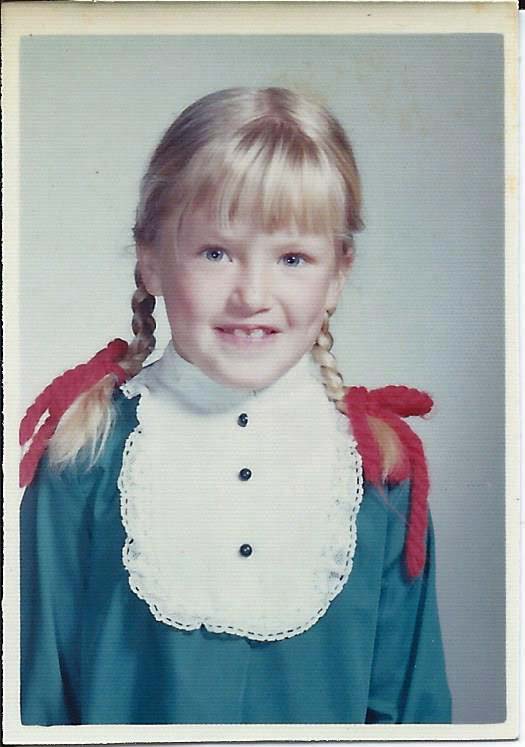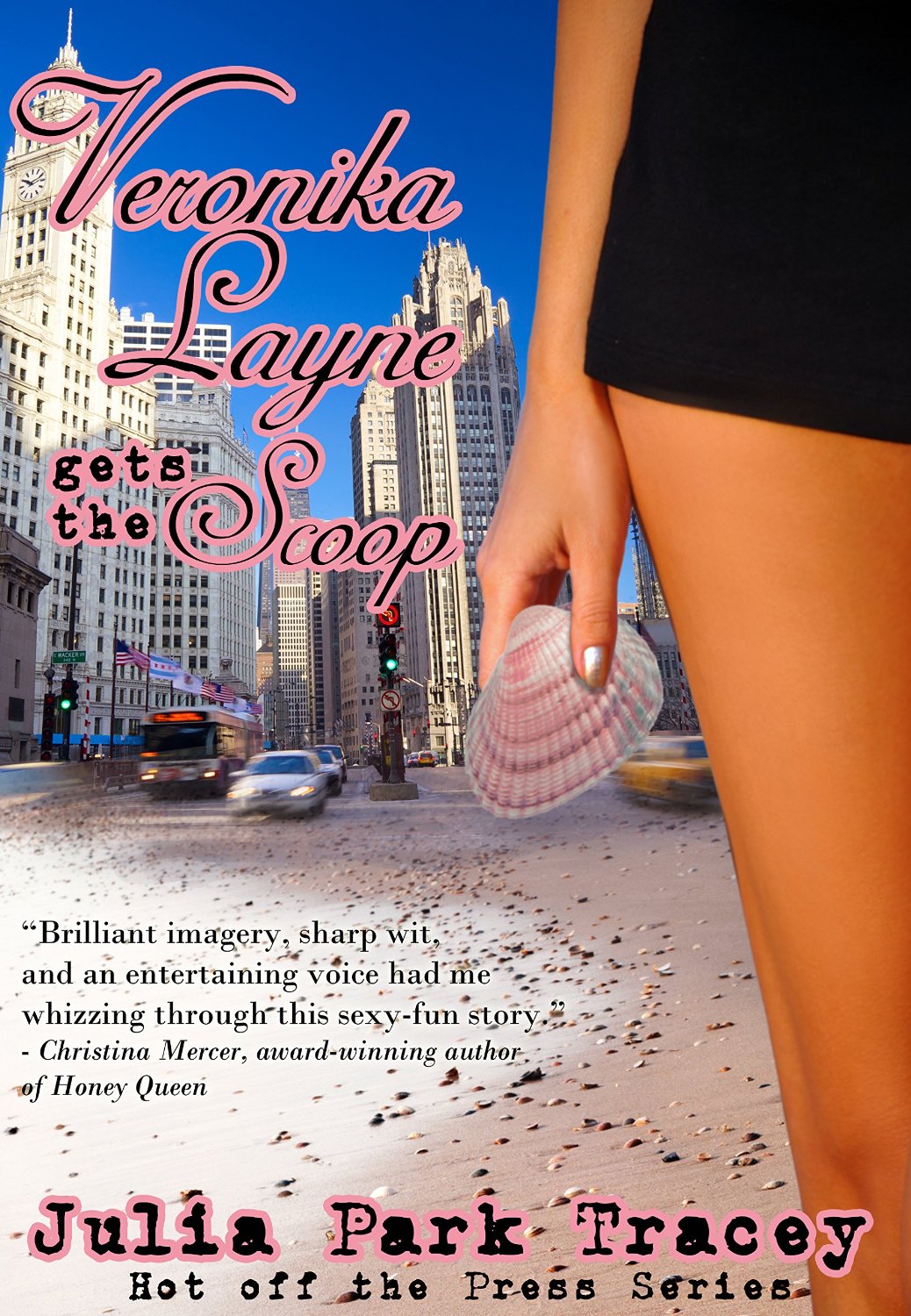Vacation
-
Thoughts on Remembering
We have been in Virginia for some days now, heading first to Accomack County, and thence to Chincoteague, where we had two days of beach, birds, and a boat. I posted a few videos and counted birds. Seeing the bald eagles made my day, and more views of cardinals, Carolina wrens and chickadees, and the black vulture, plus seabirds, added to my pleasure. We had meant to go to Williamsburg and see the homes and buildings but we ended up going to the Jamestown archaeological site instead, which was less about reproducing the past and more about revealing it. Let’s just say I didn’t realize they had resorted to cannibalism.…
-
Hitting the Road
I am heading out on Tuesday to the East Coast, via the Deep South, to New England, following the course of our family history back through time. I’m starting roughly where we left off with slavery, in Alabama, and working my way backward through Georgia, South and North Carolina, up to Virginia; Maryland and D.C., then up via train to Boston and the Cape. We will end up at the Mayflower II, if all goes well. Accompanying me are my elder sister and a cousin, both of whom share my family history, and who were willing to come along for the ride. We are also planning to stop to see…
-
What Would Jane Do? A Literary Pilgrimage
What Would Jane Do? A Literary Pilgrimage By Julia Park I’ve been to England twice before, and to the beautiful Georgian city of Bath in particular, because as a Jane Austen aficionado, a Janeite, if you will, that’s what we do. We follow in her footsteps, we look for the Jane connection, and we read each of her six novels (and the juvenilia, the marginalia, and the letters) as if they were travelogues. Some of them are travelogues of a sort. In Pride and Prejudice, for example, Elizabeth Bennett and her Aunt and Uncle Gardiner plan a tour of the Lakes District, in part to forget about certain young men.…
-
vacation return
Back at work in my little city farm, at my little city desk, after a little mountain retreat at Lake Tahoe. Here are some beautiful pix of where we were and what we did. Daveland, Meyers, South Lake Tahoe. Mr. Husband and The Boy, with the Eagle Lake bridge behind them. Yep. That’s me. Blocking the scenery. The view from a walk. Upper Truckee River, about a mile from Daveland. Source of all mosquitoes and peaceful views. Here’s where I was, most of the time. See my journal? Yes, it’s true. Everywhere I go turns into a hillbilly household. So…that’s about it. Took everything we needed. The males spent their days…
-
stuff and nonsense
We’re getting ready to go on vaca for a week at Lake Tahoe, where we’ll stay at the cabin (“Daveland”) for just a wee spot of cash (pay the utilities for the week — sweet!). Vacations of any stripe always mean lots of planning, but this year I’ve planned a little more so than usual. Partly because this is a vacation for 3 instead of a vacation for 7 like last year. Why would planning for 3 involve more planning? Because I’m really planning for two separate weeks — one for those who stay at home (groceries, chores, emergency cash, etc.) and a different week for a single child w/o companions…







